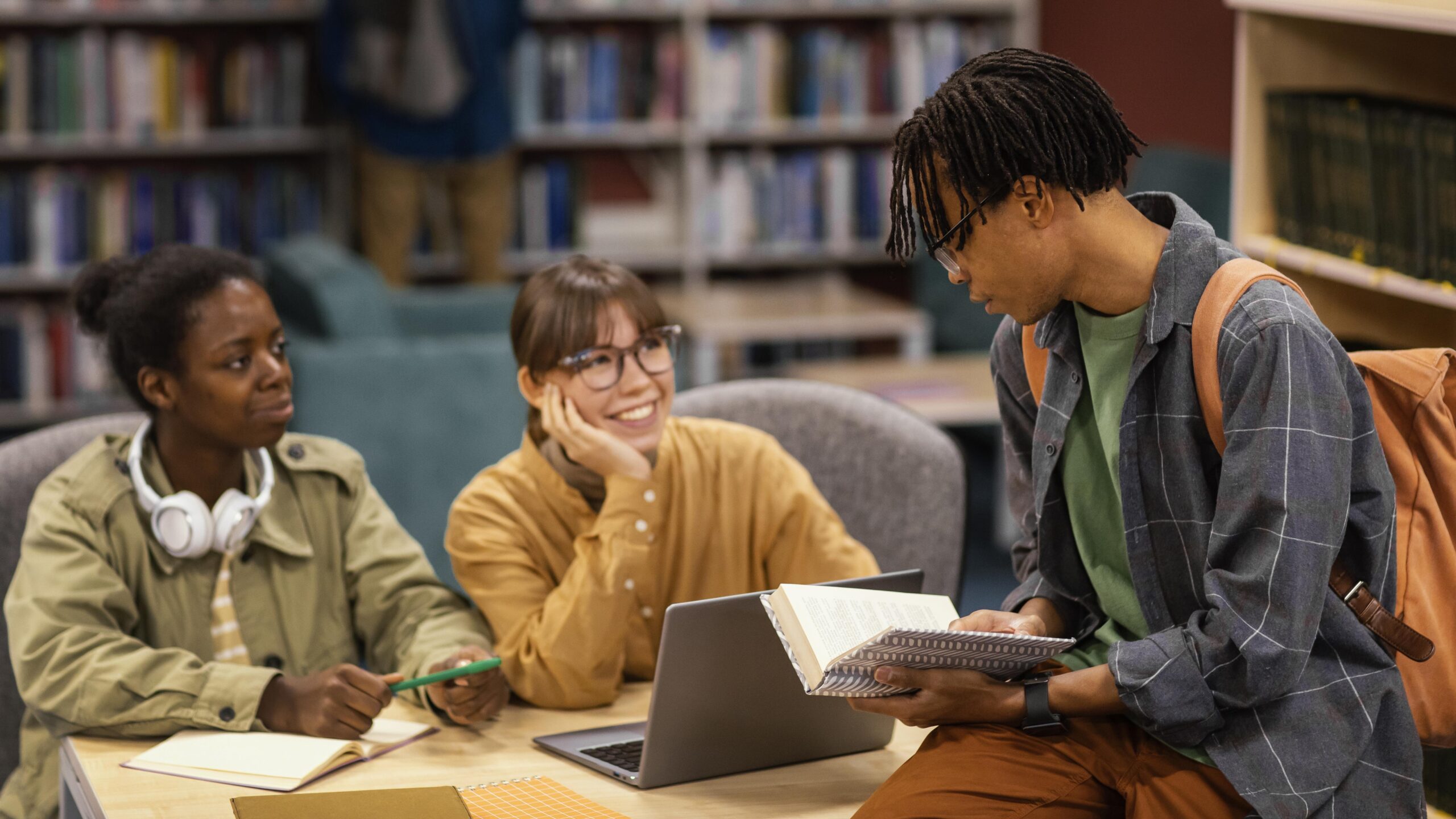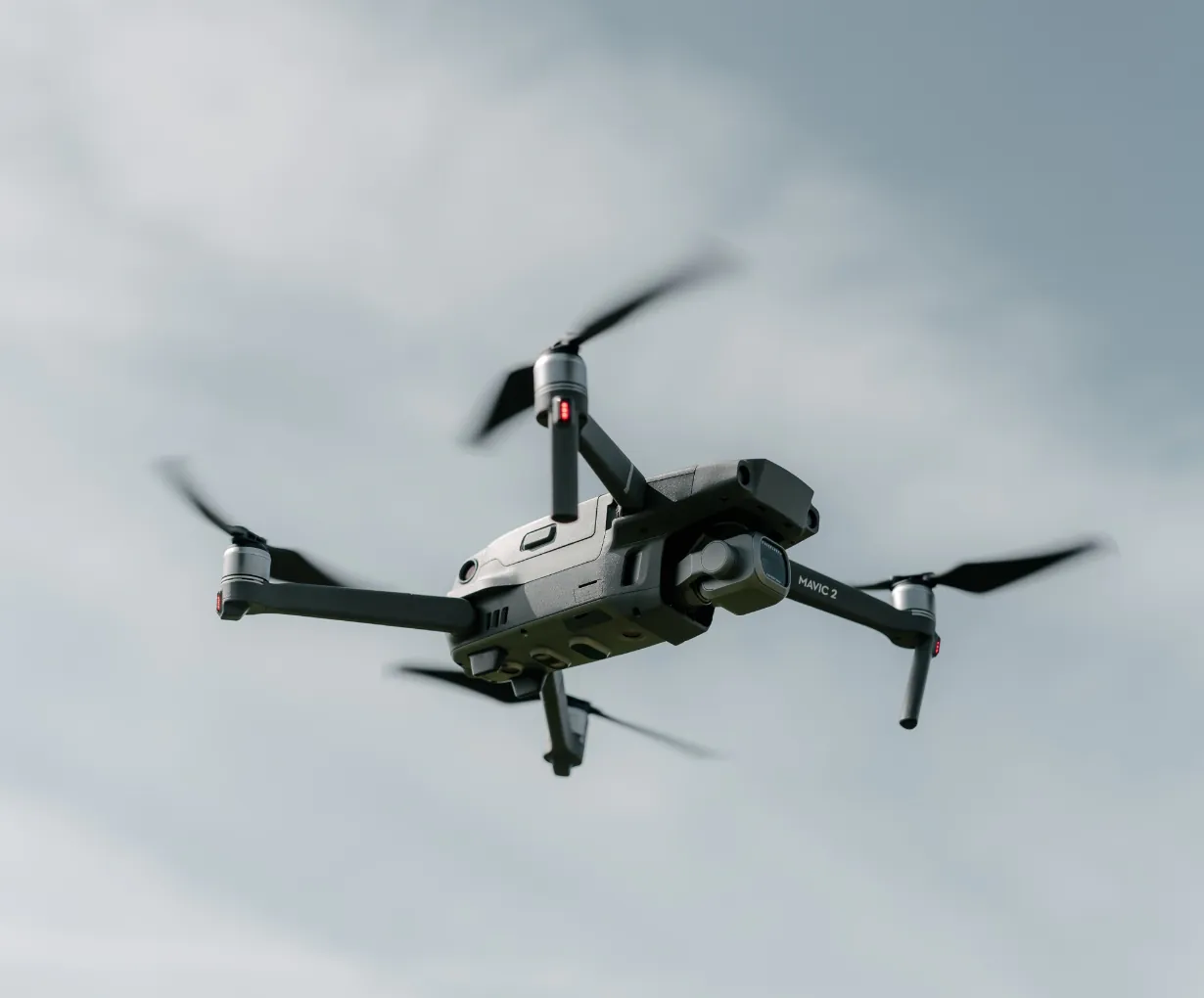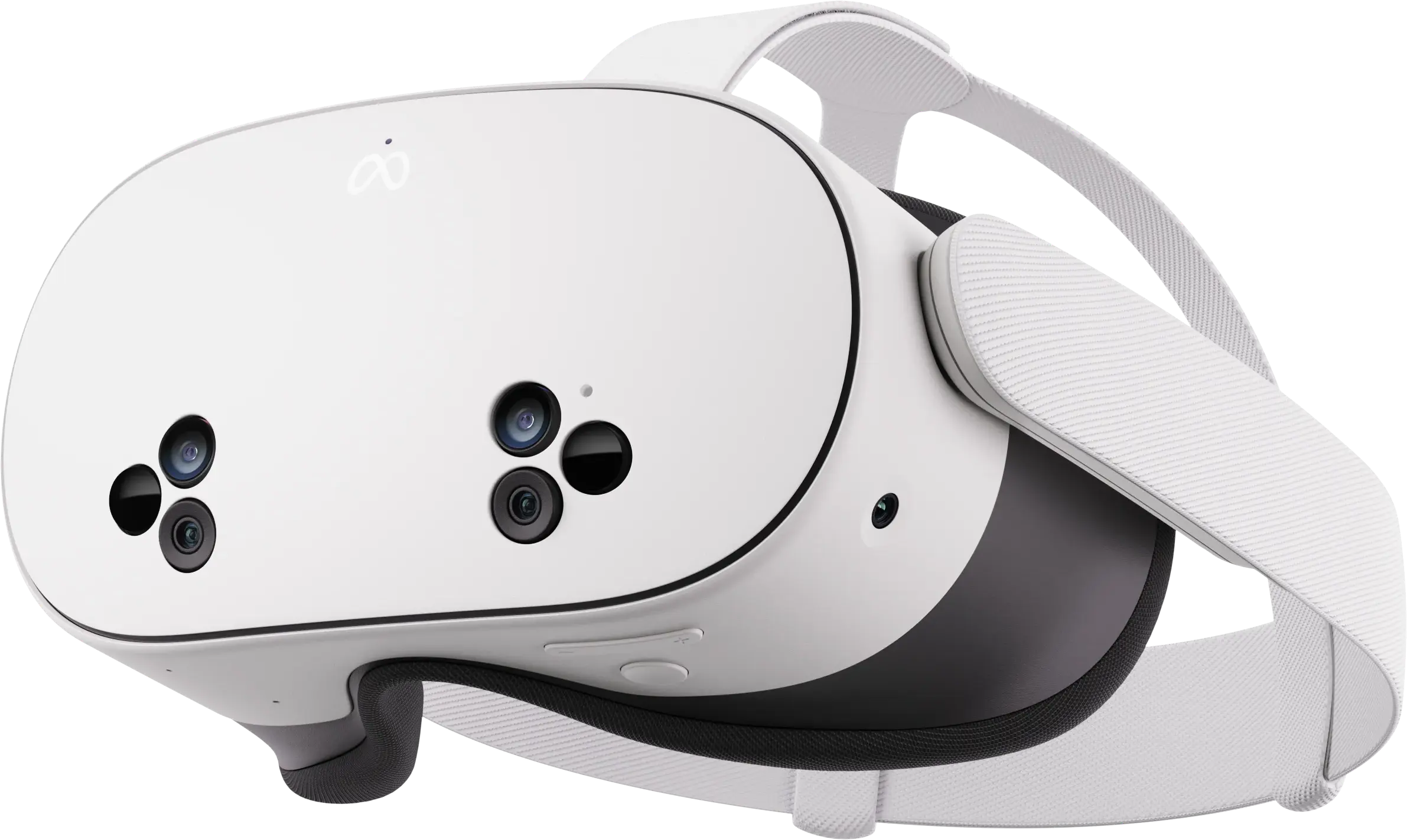There’s an undeniable magic in watching a student who once struggled with algebra suddenly lean forward in their seat, VR headset on, hands gesturing as they manipulate 3D equations floating in virtual space. But what’s happening beneath the surface—behind those moments of visible engagement—is even more fascinating. At Prairie View A&M University’s Algeverse lab, we’re not just observing these transformations anecdotally; we’re measuring them down to the millisecond through behavioral data. Every head movement, every hesitation before solving a problem, every prolonged gaze at a particular visual cue gets captured and analyzed, creating an unprecedented map of how students actually learn math in virtual reality.
Traditional education has always suffered from a fundamental measurement problem. When a student fails an algebra test, we see the outcome but rarely understand the process that led there. Did they rush through calculations? Misinterpret the problem from the start? Freeze due to anxiety? In a lecture hall with fifty students, these nuances get lost. But in Algeverse’s VR environment, we’re able to track learning behaviors with surgical precision—and what we’re discovering is reshaping how we think about math education.
Take eye-tracking data, for example. When students first engage with Algeverse’s VR algebra problems, their gaze patterns often reveal unconscious avoidance behaviors. They might spend significantly less time looking at equation variables that confused them in traditional settings—a digital manifestation of the “I’ll just skip this part” mentality common among math-anxious learners. But as they progress through modules, something remarkable happens. Our sensors detect increasing visual dwell time on precisely those elements they previously avoided. It’s as if the VR environment, free from judgment, allows them to finally confront mathematical concepts they’d psychologically blocked out before. One particularly striking case showed a student whose gaze initially skirted fractional coefficients in equations spending 40% more time visually engaging with them after just three VR sessions—a behavioral shift that correlated directly with improved problem-solving accuracy.

Interaction data tells an equally compelling story. We’ve instrumented every virtual object in Algeverse to record how students manipulate them—the pressure and duration of their grasps when moving terms across an equation, the frequency with which they use the “reset” function to start problems over, even subtle behaviors like virtually “tapping” a pencil when stuck. These micro-interactions form patterns that traditional pencil-and-paper tests could never capture. For instance, we noticed a cohort of students who frequently employed a trial-and-error approach early on—rapidly adjusting variables to see effects—began demonstrating more deliberate, strategic manipulations as they gained confidence. Their virtual hands moved slower but with greater purpose, suggesting deeper conceptual understanding.
Perhaps most revealing are the behavioral signatures of breakthrough moments—what educators call “aha” experiences. In Algeverse, we can actually identify the exact moment a concept clicks for a student based on multimodal data streams. It might appear as a sudden change in posture (measured by headset orientation sensors), followed by uninterrupted focus on a key visual element (eye-tracking), culminating in a fluid series of interactions to solve the problem (hand controllers). These moments rarely happen in neat linear progressions; our data shows they often follow periods of apparent struggle where students cycle through multiple approaches. This challenges the traditional view that struggle indicates poor comprehension—instead, we’re seeing it as a necessary phase of the learning process, provided students have the tools and safety to persist.
The temporal data paints an equally nuanced picture. Conventional wisdom suggests faster problem-solving indicates stronger mastery, but our metrics reveal something different. Students who ultimately achieve the deepest understanding often take longer on initial problems—not because they’re stuck, but because they’re exploring. They rotate 3D graphs to view them from multiple angles, test boundary cases by pushing variables to extremes, and use Algeverse’s visualization tools to interrogate concepts from different perspectives. By contrast, students who rush to solutions often show shallower retention in later assessments. This insight has profound implications for how we design and assess math education—perhaps speed shouldn’t be the prized metric we’ve made it.
Behavioral patterns also differ dramatically along demographic lines in ways that expose hidden inequities in traditional teaching. Female students in our studies, for example, showed significantly higher use of scaffolding tools like step-by-step hints early on—not because they needed them more, but because they were more willing to admit when they did. Male students more frequently attempted to solve problems unaided initially, even when struggling, reflecting cultural conditioning about “figuring it out yourself.” Left unaddressed, these behavioral tendencies could reinforce gaps in learning outcomes, but VR allows us to detect and gently correct them through personalized nudges that encourage optimal help-seeking behaviors regardless of gender.
The data also reveals unexpected bridges between physical movement and conceptual understanding. We’ve observed that students who physically gesture more while working through problems—reaching out to “grab” terms from equations or using broad motions to demonstrate slopes—show stronger retention days later. This aligns with emerging research on embodied cognition, suggesting that mathematical thinking isn’t purely abstract but tied to our physical experiences. Algeverse’s motion-capture capabilities let us study this phenomenon in ways no paper test ever could, potentially revolutionizing how we design STEM learning experiences.
Perhaps the most practical insights come from predictive analytics. By combining behavioral metrics with assessment results, we’ve developed models that can identify at-risk students far earlier than traditional methods. Certain interaction patterns—like repeated quick resets without experimentation or persistent gaze avoidance of feedback prompts—correlate strongly with later struggles. This allows instructors to intervene precisely when and where students need support, rather than waiting for poor exam performance to sound alarms. In one pilot, this approach reduced mid-semester dropout rates in algebra by 22% simply by flagging subtle behavioral red flags in the first two weeks.
Critically, all this data remains anonymized and is used ethically to improve the system—not to judge individual students. The power lies in aggregate patterns that help us refine Algeverse’s design. When we noticed students consistently struggling with a particular module, heatmaps revealed they weren’t looking at a key explanatory visual tucked in the corner. We redesigned the interface to make that element more prominent, and comprehension rates improved by 35%. This iterative, data-informed design process represents a sea change in educational content development—one where student behaviors directly shape the evolution of learning tools.
What emerges from all these data streams is a radical new perspective on mathematical learning—one that values process as much as product, that sees struggle as data rather than failure, and that recognizes each student’s journey as a unique but mappable pathway. As we continue to analyze Algeverse’s behavioral datasets, we’re not just improving a VR platform; we’re compiling the most detailed map ever made of how humans truly learn mathematics when freed from the constraints of traditional classrooms. The implications extend far beyond algebra—they suggest a future where all education can be this responsive, this personalized, this deeply attuned to the invisible patterns that make learning click.
For now, the work continues in PVAMU’s labs, where terabytes of behavioral data pour in daily from students turning their math anxiety into mastery—one tracked interaction at a time. Each headset session adds new insights to our growing understanding of the learning brain, proving once again that in education, what gets measured gets improved. And thanks to VR, we’re finally measuring what matters.



